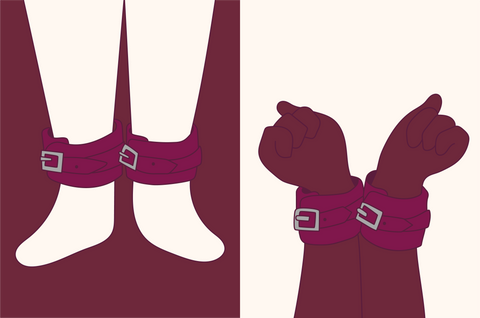
We asked almost 800 people to anonymously share their experiences and advice about returning to sex after giving birth - and here's what they said.

Breakups are incredibly common and often really difficult - here's how to process the emotions, reflect and move on in a healthy way, whichever side of the breakup you're on.
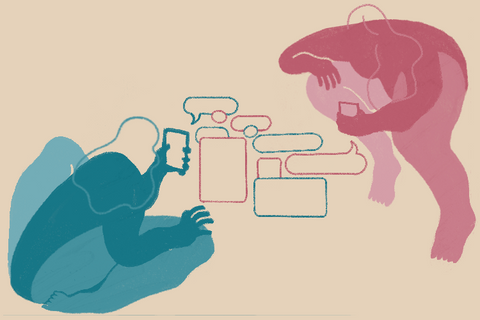
Ending a relationship can be painful, confusing, and scary. But if there’s one silver lining, it’s that breaking up is also really common—meaning that the heartbreak you feel has been felt by billions of other people around the world. You are most definitely not alone.
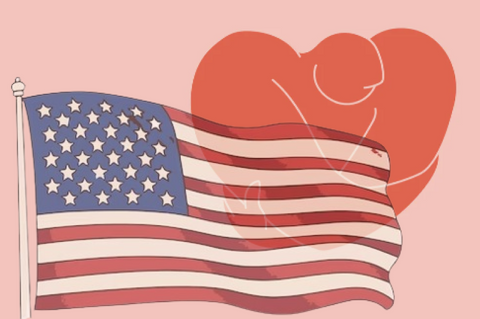
Feeling anxious about the election? You're not alone. Here's our guide to what's at stake when politics meets our private lives, and what we can all do to create positive change.

BDSM can be fun, sexy, and exciting—but there are a lot of misconceptions around it! We’re going to explore five of the most common BDSM myths and find out what’s true and what’s not.
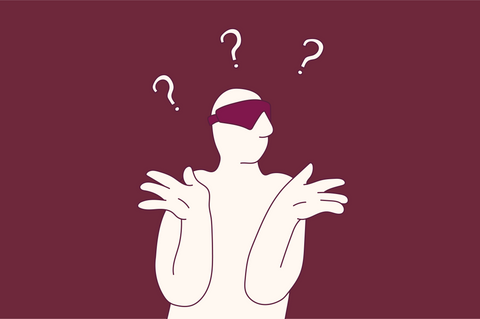
In this post, we’ll go over a beloved sexual staple a.k.a. the blindfold: how to use it, when to use it, and what you can do when you’ve got it on.
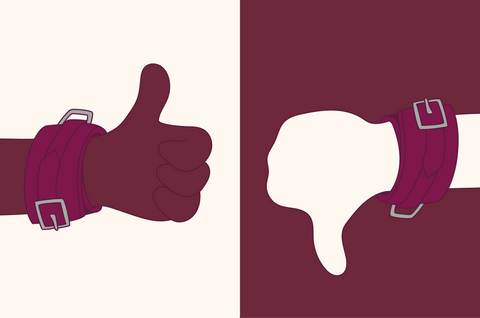
Explore a few exercises to help you to understand why a particular fantasy might appeal to you, and aid you in trying it for the first time.
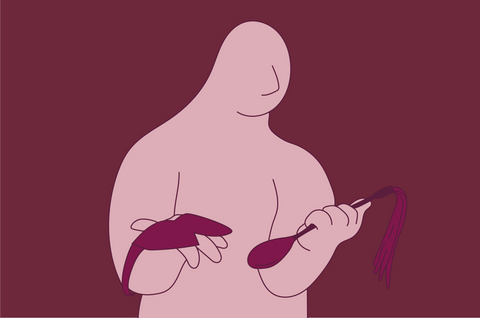
BDSM is something that’s practised in many ways, and can be experienced a multitude of ways as well. We can’t tell you exactly how it’ll feel to spank your partner, be tied up, or use a flogger for the first time…but we can clue you in on some common things to expect.
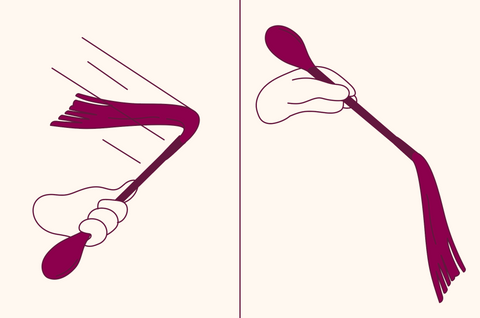
A crop and a tassel is a staple kinky tool, and our new Kink Kit created with Abbie Chatfield has a crop/tassel combo: a crop on one end, and a tassel on the other! Here's how to use it.
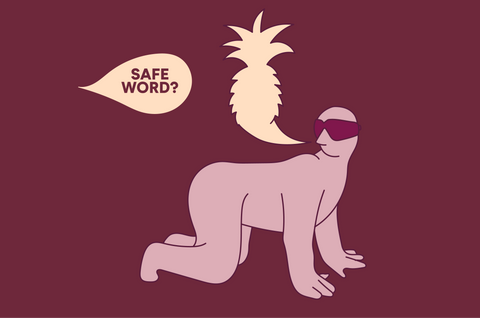
Many of the tools we love for talking about sex come from BDSM communities, from safe words to the traffic light system. Here's how we can all learn better consent communication from our kinky friends.
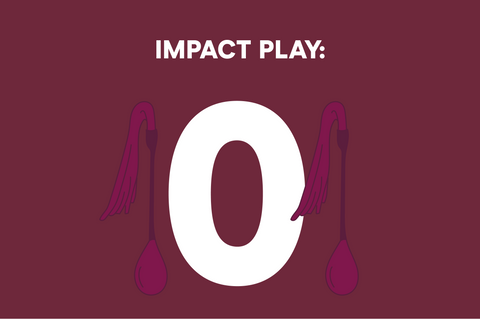
Impact play can be enjoyable, fun, sexy, and respectful when it’s done correctly, but there are a few things you should be aware of before trying impact play for the first time.


